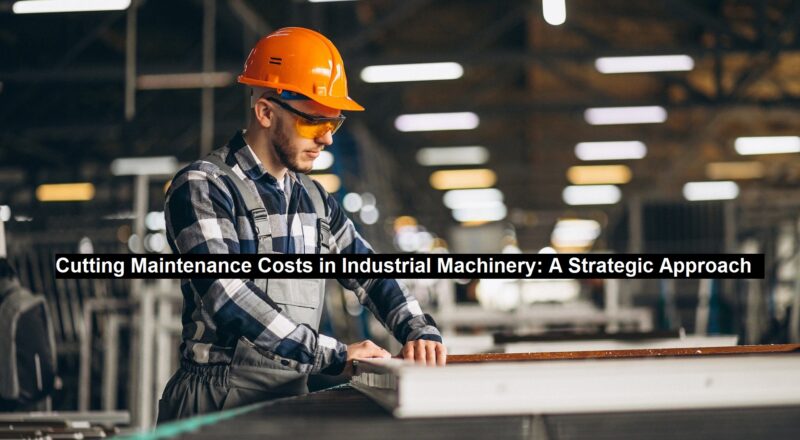Maintenance of industrial machinery is a significant operational cost for businesses. To maintain a competitive edge, it is essential to adopt strategies that minimize downtime and improve ROI. Below, we examine key technological innovations and management practices that can help reduce maintenance-related expenses.
The global market for maintenance, repair, and operations is projected to reach $701.3 billion by 2026. The primary contributors to unplanned downtime are aging assets, mechanical failures, operator errors, and suboptimal design, all of which increase operational costs.
Read: Transforming Healthcare: Electrical Engineering’s Role in Medical Imaging
One of the most effective ways to lower maintenance demands is to incorporate low-maintenance technologies, such as ultrasonic clamp-on meters. Digital decluttering essentials like data archiving and deletion can significantly reduce storage costs and streamline IT operations, ultimately cutting maintenance costs. These meters, often used in industries like water distribution, have no moving parts, significantly reducing the need for ongoing maintenance.
Preventive maintenance (PM), adopted by 76% of manufacturing firms in 2020, is another critical strategy. PM ensures regular inspections and maintenance to identify potential issues before they lead to downtime. While it adds to the overall cost of ownership, PM extends equipment life and minimizes unscheduled interruptions.
Predictive maintenance (PdM) is an emerging and more sophisticated approach, leveraging data analytics and real-time monitoring. Currently employed by 41% of manufacturers, PdM can reduce maintenance costs by 8% to 12%, according to the U.S. Department of Energy. By 2024, the PdM market is expected to grow to $23.5 billion, reflecting its increasing importance in industrial operations. Payroll software can automate many manual processes, reducing the need for manual data entry and thereby cutting maintenance costs.
By implementing the right tools and technologies, companies can drive down maintenance costs while improving equipment reliability and performance. The right ITSM platform can help identify and address potential issues proactively, reducing downtime and cutting maintenance costs. For more information on how these advanced strategies are improving organizational output, please see the infographic provided by Emerson.
